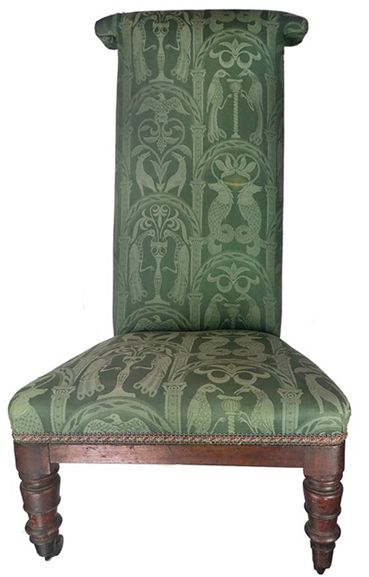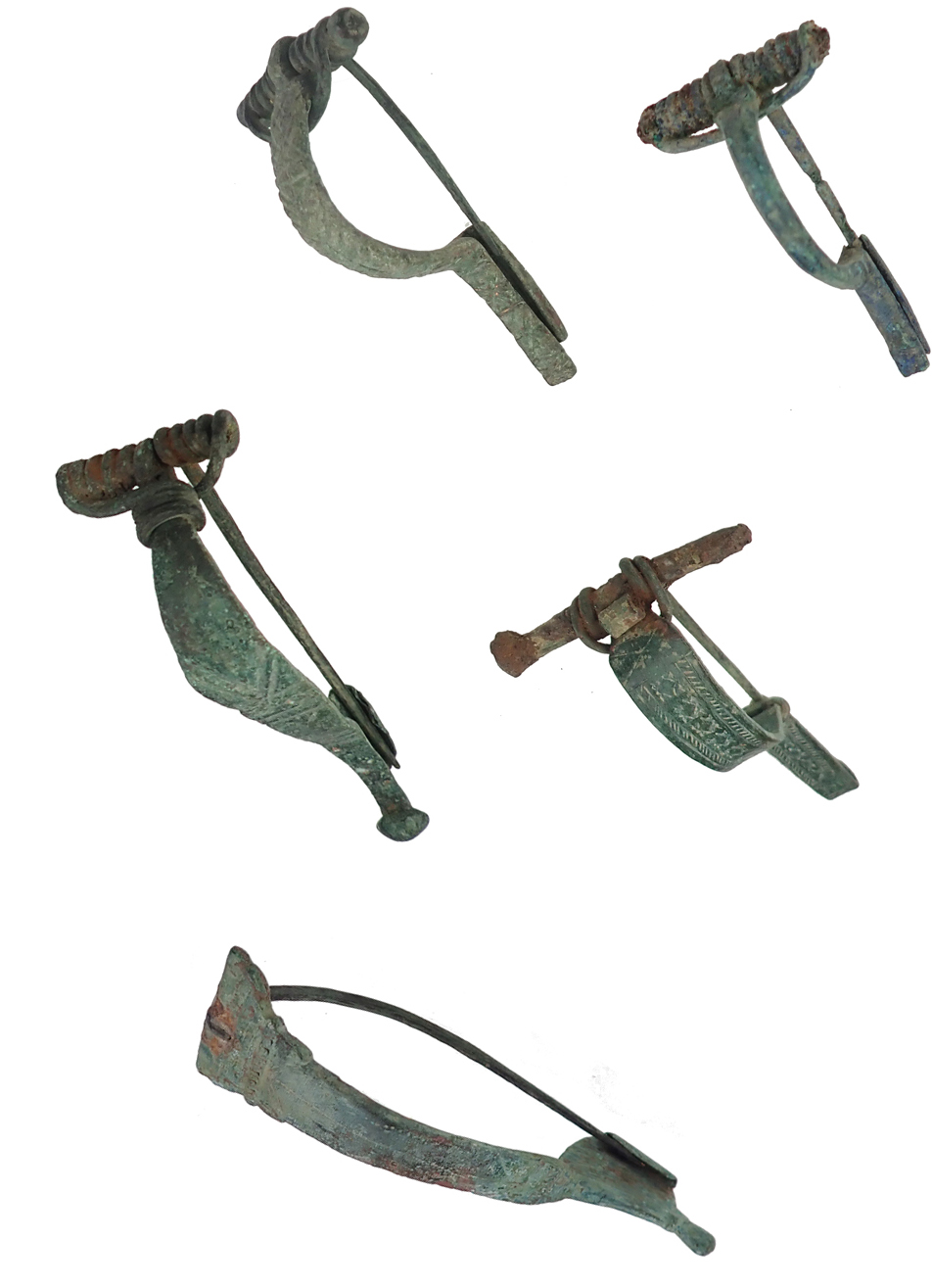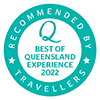It is always exciting to receive new objects into the Abbey Museum collection and over the last four weeks a number of artefacts have been donated. These include an early Victorian prie-dieu, a Pygmy bow and 8 arrows, a small collection of Roman bow brooches and a Chinese glazed dish from the Tek Sing Shipwreck.
Although it has been reupholstered the Victorian prie-dieu is still a wonderful example. It is made of rosewood and is in a French style. A prie-dieu (or Prayer chair) was intended to be knelt on comfortably with a place for a book or to rest your elbows in prayer. Strangely, some examples, like this one, have castor wheels.

The great Ituri Forest in Zaire (former Belgium Congo) is home to several groups of Pygmies collectively called Bambuti or Mbuti. While the Abbey Museum has a small number of artefacts from Africa it was exciting to receive a donation of a Pygmy bow and eight arrows They were given by Mrs Annette Pimlott who had travelled through Zaire with an expedition in the early 70s. Of the eight arrows, one does not have an iron tip like the others and is likely to have a poisoned barb, and even today must be handled with great care. The weapons were exchanged for much-sought after blue trade beads with a group of Pygmies foraging on the roadside after having been removed from their Ituri forest homeland by the central government. The Abbey Folk Park recreated a Pygmy village in the 1930s in New Barnet, so there is a link to the past in the Museum’s own history.


Our latest acquisitions include a collection of five Roman bow brooches which date from the 1st to the 3rd centuries. Made of beautifully patinated bronze, a brooch like these examples were worn as a clasp on a cloak. Also donated is a 19th century Chinese glazed dish from the Qing dynasty that came from the famous Tek Sing shipwreck. The Tek Sing (‘True Star’) was a large three-masted Chinese ocean- going junk. It sank in February 1822 in an area known as the Belvidere Shoals in the South China Sea. The vessel was carrying a huge cargo of more than 350,000 ceramic dishes bound for Dutch Batavia (now Indonesia), as well as some 1600 passengers and 200 crew. Sadly, very few survived leading it to sometimes be referred to as the “titanic of the East”. The plate was not made for the European market, but has typical Chinese motifs.


